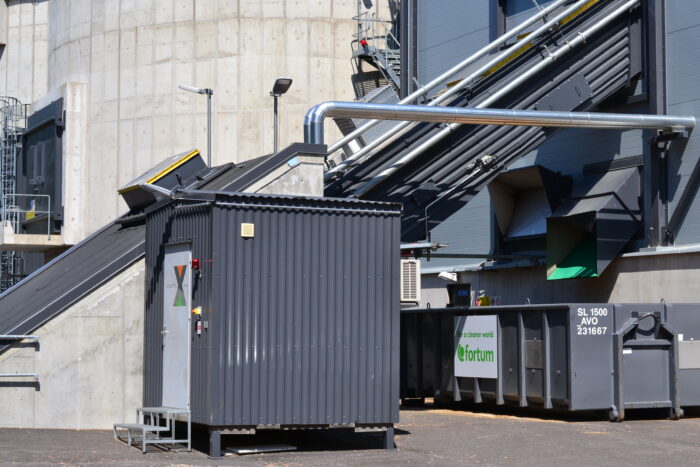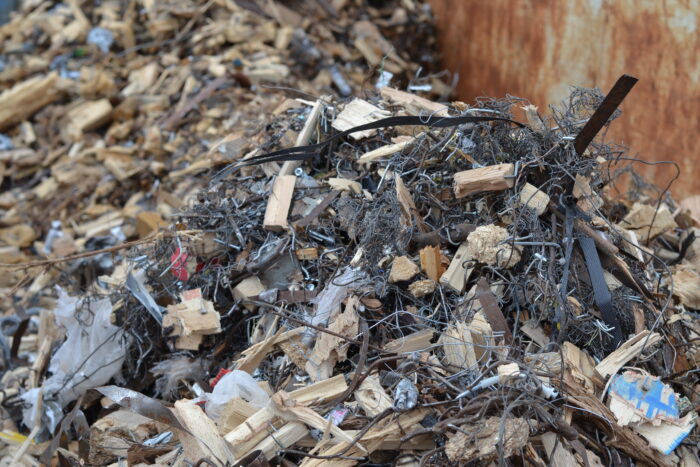The quality of wood fuels affects fuel trading, transport costs and, at the plant, the handling of fuels and combustion process. Moisture is the significant factor in the quality of energy wood since it affects the calorific value of fuel and thus the energy content of the fuel load. Therefore, fuel pricing is based on the moisture content of the fuel. It can be determined using either a moisture determination standard or another moisture measurement method, if they are equivalent with the standard. A quality measurement system based on X-ray scanning is, as the name implies, a method of measuring fuel quality that provides many benefits in addition to determining moisture. We have listed in total eight facts that change in the operation of the plant when utilizing X-ray. In this article we presents the two of them.

1. The load-specific result for the entire fuel batch is obtained
An issue with the existing moisture determination is that representative sampling of wood fuel supplies might be difficult to achieve: in many situations, just two samples of a few litres are taken every 50 cubic meters of the fuel load. A full load of energy wood on a truck may occupy a volume of about 150 cubic meters, whereas a single moisture sample contains at the maximum of 300-gram of the moist fuel. Since wood fuels can be very heterogeneous, significant variations in moisture can be expected within a single load, especially for forest fuels that are delivered directly from forest sites. Thankfully, continuous sampling enabled via Inray’s FuelControl online-system solves the problem – it doesn’t take samples, but scans the entire load. The measurement result of the system evenly represents the entire load, which produces a reduced level of moisture variation in moisture determination compared to discrete sampling.

2. The only method to access unwanted impurities
Impurities in wood fuels, such as stones and pieces of metal, cause significant cost factors, both directly and indirectly, when they end up in a power plant process. At worst, impurities can damage plant conveyor systems or boiler structures. The FuelControl system is the only one of its kind to access impurities of fuel loads as the X-ray detects unwanted impurities. Typically, recycled wood and crushed stumps can contain a lot of impurities and large supplier-specific differences have been observed. At Fortum’s Kivenlahti heating plant, X-ray can automatically remove harmful and large foreign objects from the process, which has not been possible before. In this way, defects and damage caused by foreign objects can be significantly reduced. Supplier- and load-specific information can also provide quality feedback, which also helps the fuel supplier to develop its operations.

